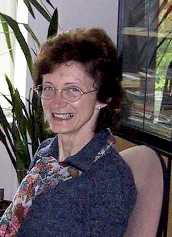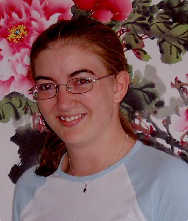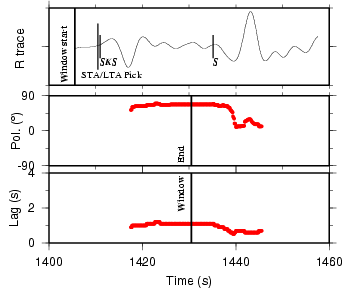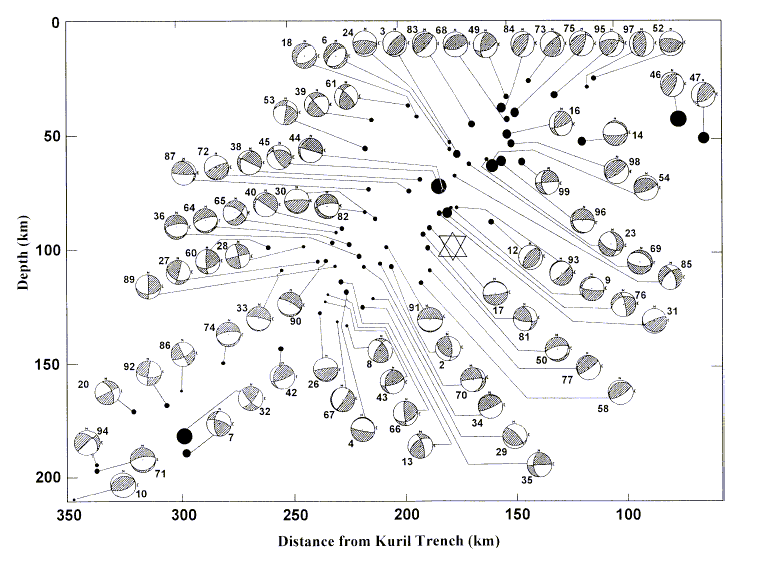New Member Elected to Executive Committee
Akio Yoshida of JMA completed his six-year term on the Executive Committee with his participation in the meeting in Sapporo in June. The Governing Council elected Akio when it met in Thessaloniki, Greece during the 1997 IASPEI Assembly, and brought the perspective of a large and very busy national monitoring agency.
To succeed Akio, the Governing Council elected Jaroslava Plomerova of the Czech Academy of Sciences. The Czech Academy includes both contributors of data to the ISC, primarily from the Czech National Network, and users of ISC data, often for lithospheric structure studies. Jarka has represented the Czech Academy on the Governing Council since 1996, where she gently yet persuasively advocates changes that improve ISC operations. Partly in response to new services from the ISC, in 2001 Jarka helped to arrange for the Czech Academy to double the annual funding that it contributes to the ISC.
As an expert in deep lithospheric structure, Jarka has worked with the University of Leeds in its development of a system to automatically make SKS splitting measurements that will be included in the Bulletin. Collaboration has extended to hosting Leeds Ph.D. student Matt Evans for an extended visit in Prague and resulted in a joint poster at the IUGG 2003 Assembly.

Jarka Plomerova, at the Czech Academy of Sciences, Prague.
Jarka will be involved in telephone and e-mail exchanges on ISC developments over the coming months. For the Committee's next meeting at the ISC in June 2004, she plans join the other Committee members elected in previous years by the Council, Chris Browitt (Royal Society, 1999) and Gary Gibson (Seismic Research Corp., 2001), and the ex officio members, Adam Dziewonski (Governing Council chairman), John Woodhouse (Oxford University) and Oleg Starovoit (IASPEI).






